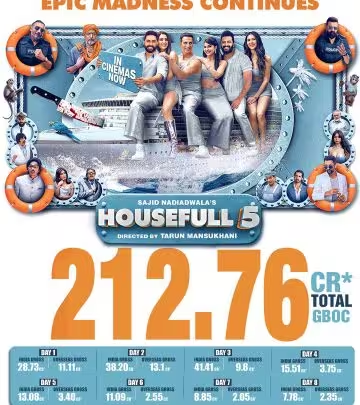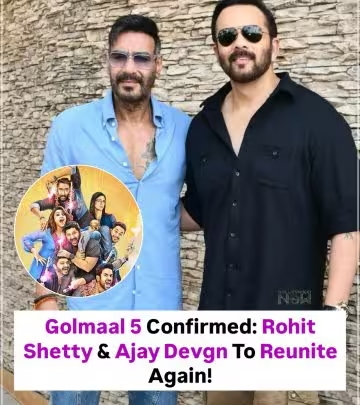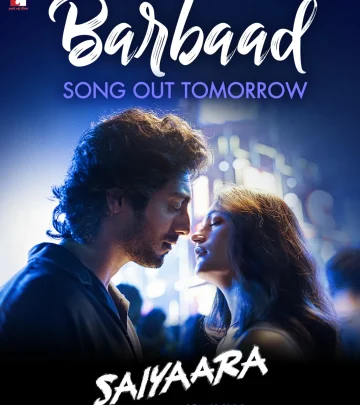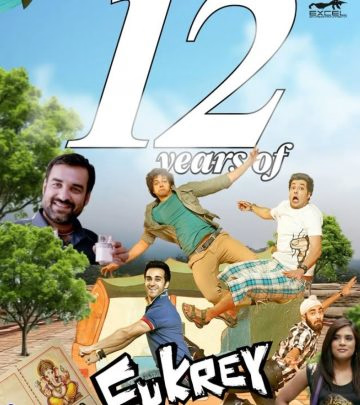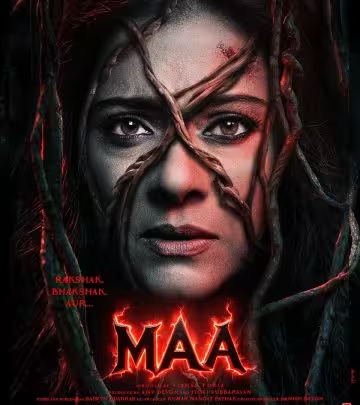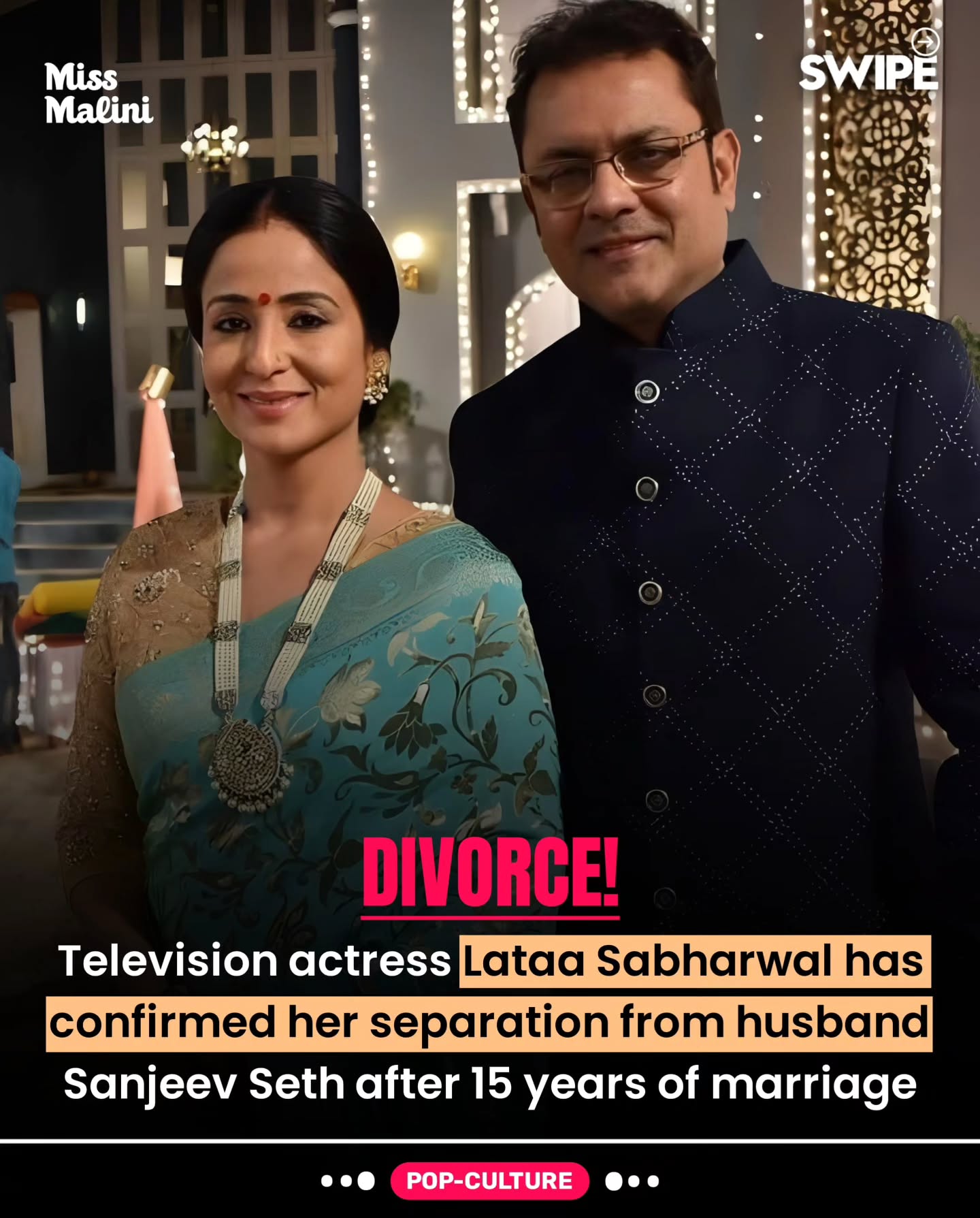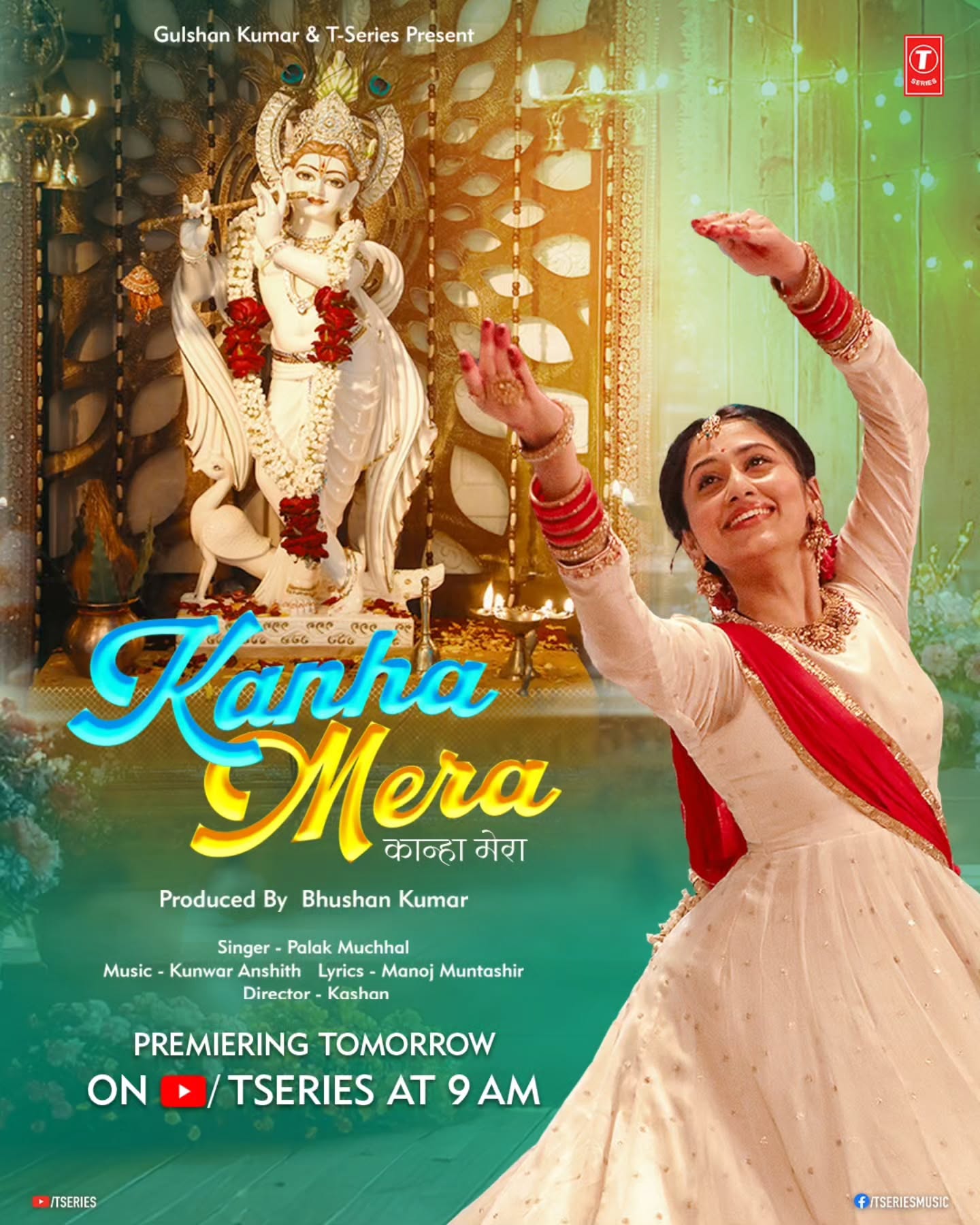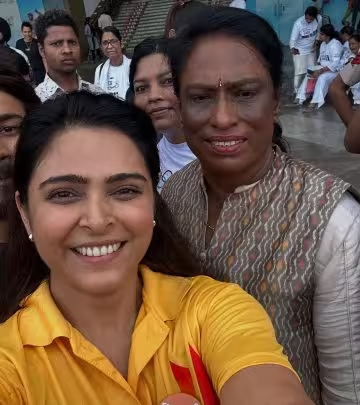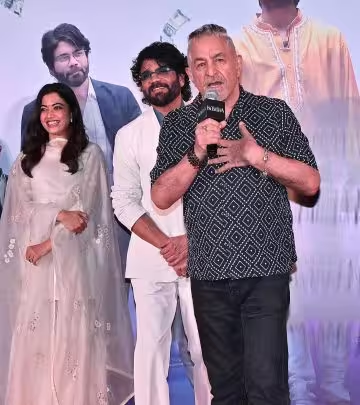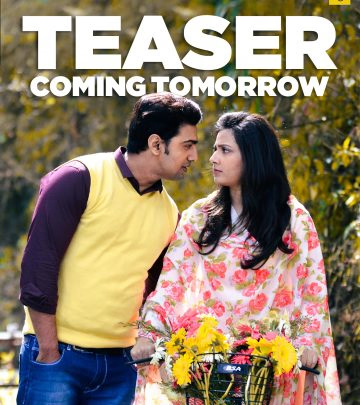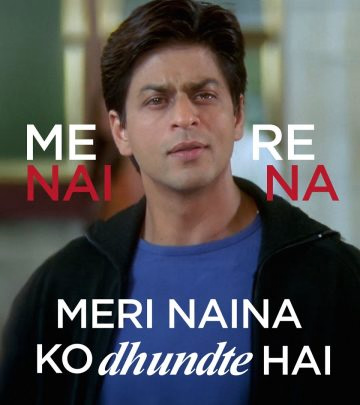Kuberaa Review: Dhanush And Nagarjuna Shine
Kammula film showcases Dhanush, Nagarjuna’s brilliance, yet excessive runtime affects pace.
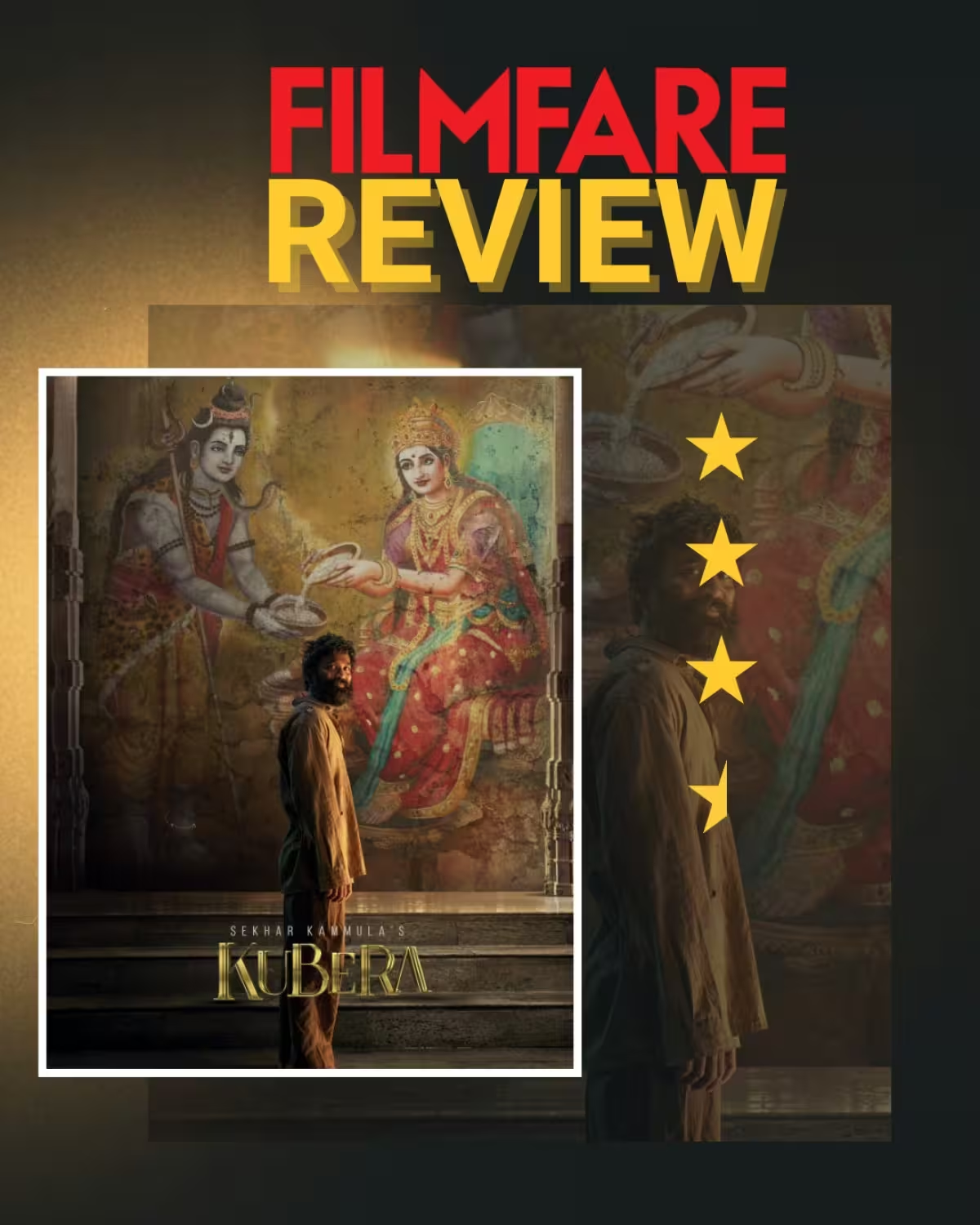
Image: Instagram
The latest crime epic Kuberaa, helmed by director Sekhar Kammula, has ignited conversations across cinephile circles. In a recent film review, critic Rohit Panikker highlighted that while the film offers powerhouse performances from Dhanush and Nagarjuna, it ultimately struggles to maintain its grip on audiences due to a marathon runtime. With a rating of 3.5/5, the review acknowledges the film’s visual grandeur and emotional core, even as it calls attention to pacing concerns.
Star Performances
Dhanush and Nagarjuna come through with commendable energy in Kuberaa, proving once again that seasoned actors can elevate any script. Panikker’s review notes that their portrayals inject a raw intensity into the sprawling narrative, making for some of the most memorable cinematic moments. Their characters, steeped in grit and complexity, break through what might have otherwise been a dauntingly lengthy storyline. These performances keep audiences engaged despite the film’s slower segments, and their chemistry on screen reinforces the credibility of Sekhar Kammula’s vision.
Visual Excellence
Kuberaa’s cinematography is one of its standout features, with the film boasting stunning visuals that capture the gritty undertones of its crime-driven plot. The director’s ability to frame the narrative in a visually compelling manner is evident in nearly every scene. Rich color palettes, dynamic camera movements, and carefully orchestrated lighting create an immersive experience. Viewers are treated not only to a compelling story but also to a visual feast that underlines the emotional and thematic undertones of the narrative.
Runtime Drawback
Unfortunately, despite its many strengths, Kuberaa is not without its flaws. The review specifically points out that the film’s excessively long runtime detracts from its overall impact. While depth and detail can enrich a story, there comes a point where narrative momentum suffers. In Kuberaa’s case, the extended duration seems to hamper the film’s pacing, resulting in moments that feel overly drawn out. For Panikker and a number of viewers, this is a critical misstep in an otherwise well-executed film.
Critics have often noted that a tightly edited runtime can be as important to a film’s success as strong performances and impressive visuals. Here, despite the film offering an emotional core and a host of powerful moments, the sprawling length invites unnecessary subplots and scenes that may feel extraneous. This miscalculation in editing choices could potentially alienate audiences looking for a brisk, engaging narrative.
Context And Industry Perspectives
Reviews such as Rohit Panikker’s come at a time when the Indian film industry is witnessing a surge of experimental narratives that push the boundaries of traditional storytelling. Sekhar Kammula, known for his distinctive style and deep understanding of character dynamics, seems to have taken a bold risk with Kuberaa. While his previous works have been celebrated for balancing commercial appeal and narrative substance, this film appears to have leaned a bit too heavily on expansive storytelling.
Adding to the discussion, the review from Filmfare—a respected name in the cinematic landscape—further fuels the dialogue about Kuberaa’s merits and shortcomings. Filmfare, celebrated for its deep dives into film art and performance analysis, has now joined the conversation, emphasizing that while the film is visually striking and emotionally charged, its overextended runtime remains a significant hurdle.
Balancing Art And Entertainment
In the current cinematic arena, there is an ever-present challenge of balancing artistic ambition with audience engagement. Kuberaa finds itself at the intersection of these two often conflicting domains. On the one hand, it is a film that aspires to be a comprehensive portrayal of crime, emotion, and societal undercurrents. On the other hand, it struggles under the weight of its own ambitions. Critics like Panikker remind viewers that a film’s success is not just measured by its individual elements but by how cohesively they work together.
Dhanush and Nagarjuna’s performances are a case in point. Their ability to breathe life into their roles is undeniable. However, even the most riveting performances can be overshadowed when the narrative structure does not complement the talents on display. Kuberaa, with its extensive runtime, leaves little room for the kind of polished narrative that might allow these actors to fully shine without interruption.
Audience Reactions And Future Prospects
Initial audience reactions have been mixed. While many have lauded the film for its visual flair and the magnetic pull of its lead performances, others have echoed the sentiment that the pacing could have been more refined. In today’s fast-paced entertainment landscape, where viewers have a plethora of choices, the importance of a well-edited film cannot be overstated. The criticism regarding Kuberaa’s runtime underscores a continuing dialogue about the evolving standards of cinematic storytelling in regional cinema.
Despite these criticisms, Kuberaa holds its place as a noteworthy film, particularly for those who value immersive visuals and powerful acting. As the film continues to be a topic of discussion both online and in critical circles, it may well influence future filmmaking choices. Directors might take note of the delicate interplay between narrative length and audience retention, potentially paving the way for more tightly structured storytelling in upcoming projects.
In the end, Kuberaa stands as a testament to the challenges of contemporary filmmaking. It is a film that dares to ambitiously explore complex themes and character dynamics, even if it occasionally falters. For fans of Dhanush and Nagarjuna, Kuberaa is a captivating watch. For cinephiles who appreciate visual artistry, it offers a rich viewing experience. However, for those who prioritize succinct storytelling, the film’s extended duration may serve as a point of contention.
Ultimately, the film review encapsulates a balanced perspective—commendation for its electrifying moments and criticism for its overindulgence. As audiences and critics dissect these components, Kuberaa will continue to be a reference point in the larger conversation about art, style, and narrative efficiency in Indian cinema.
Read full bio of Glendon Moss



